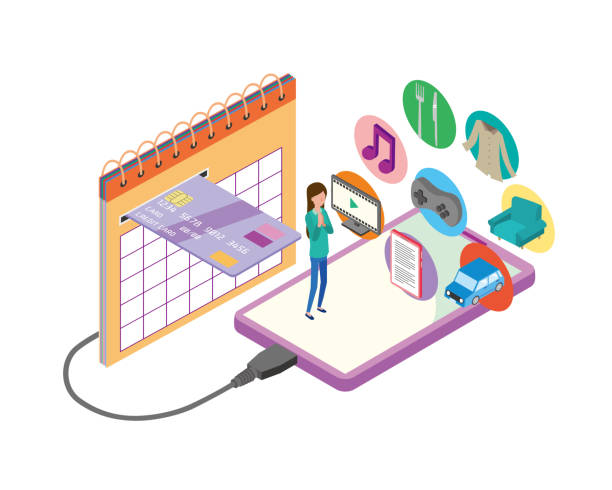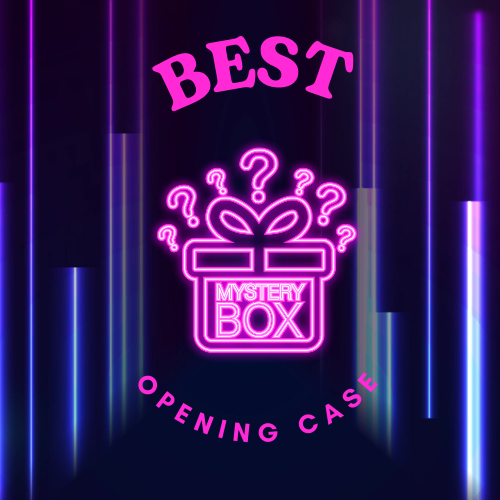
Mystery boxes have evolved far beyond the niche corners of internet commerce. What started as a playful trend—packaging surprise and curiosity into sealed parcels—has grown into a multi-billion-dollar industry that now stretches across the digital and physical retail landscapes. But perhaps one of the most surprising consequences of their popularity is how the mystery box model is now influencing subscription models across a wide range of industries.
From beauty and fashion to food, entertainment, and even health and wellness, businesses are adopting key principles from mystery boxes to transform the way they deliver recurring products and experiences. The unpredictability, excitement, and gamified engagement that define the mystery box format are now being reimagined to bring freshness, retention, and emotional payoff into subscription services.
Emotional engagement through surprise
One of the most fundamental appeals of a mystery box is the emotional journey it triggers. Unlike standard product delivery, where the contents are expected and transactional, a mystery box plays with anticipation, imagination, and discovery.
This emotional component has become increasingly valuable for subscription services. Traditional subscriptions often suffer from predictability fatigue. A customer might receive the same shaving kit, pet food, or book genre each month and gradually lose interest. By incorporating elements of surprise, subscription services inject a renewed sense of anticipation and emotional response into every delivery.
Beauty boxes, for example, have long played with this idea, sending sample products that users do not pre-select. But now, even fitness and snack brands are randomizing the items in their monthly deliveries, not just to showcase variety, but to create a small moment of joy that breaks the monotony of routine life.
Gamification and collector culture
Mystery boxes excel at tapping into the psychology of collecting. Limited edition items, rare inserts, and unlockable content feed into a collector’s mindset, encouraging repeat purchases in pursuit of completing a set or discovering the most coveted items.
Subscription models are beginning to borrow this technique to drive longer-term engagement. For instance, fashion subscription boxes now include monthly capsule collections that feature seasonal or exclusive designs. Users do not know exactly what is coming, but over time, they build a themed wardrobe. Some boxes even include collectible cards or tokens that unlock discounts, bonus products, or access to private sales.
This strategy reframes the subscription not just as a utility or convenience, but as an ongoing game with rewards. It plays on anticipation and long-term emotional investment, making the act of subscribing feel more dynamic and valuable.
Personalization within randomness
A key innovation in modern mystery boxes is their ability to blend randomness with personalization. Rather than sending completely arbitrary items, many platforms ask users for preferences, lifestyle details, or style cues before curating a box. The surprise remains, but the contents are still relevant.
This concept has been integrated into subscription services as well. Meal kit subscriptions, for example, may offer surprise snacks or seasonal items that match the user’s dietary preferences. Book boxes provide surprise novels tailored to a reader’s genre of interest, along with themed merchandise or related content.
The user feels seen and catered to, while still enjoying the thrill of not knowing exactly what is coming. This balance of relevance and surprise is critical for retention in modern subscription models.
Narrative-driven subscriptions
Another element mystery boxes have introduced is the power of storytelling. Rather than sending disconnected products, many themed boxes now deliver items that build a cohesive world, reference fictional characters, or follow a narrative arc.
This method is making its way into subscription services. Children’s educational kits, for example, are structured around fictional stories where the child becomes the protagonist in a monthly adventure. Each box introduces new characters, challenges, and tools, encouraging both emotional and intellectual investment.
Similarly, media-focused subscription boxes tie into popular series, franchises, or fictional universes, using story continuity to keep subscribers hooked. The mystery is no longer only about what the product is—it is about what happens next in the world being created.
Community interaction and shared discovery
Mystery boxes are often shared experiences. People post unboxings on social media, compare their items, and discuss their wins or disappointments. This communal aspect has proven to be a valuable social tool in extending the reach and impact of the experience.
Subscription services have taken note. They now encourage subscribers to share reactions, post content, or participate in challenges related to their monthly deliveries. Some even include social incentives—users who share their unboxing receive referral credits or are entered into giveaways.
This sense of community builds a feedback loop. The product is no longer just about the person receiving it. It becomes a conversation piece, a digital event, and a source of connection with others who are part of the same journey.
Retail psychology and the dopamine effect
At the heart of both mystery boxes and the evolving subscription model is the science of reward anticipation. Dopamine, the chemical linked to pleasure and motivation, spikes not just when a reward is received, but when it is expected.
By transforming a monthly delivery into an event marked by surprise, mystery-inspired subscription services create a cycle of emotional engagement that keeps customers invested. They are not just receiving a package; they are experiencing a micro-celebration.
This psychological response makes a profound difference. It turns a mundane transaction into a ritual. And rituals are far more likely to be remembered, repeated, and talked about.
Scarcity, exclusivity, and retention
Many mystery boxes thrive on scarcity. Limited drops, secret boxes, and one-time collections create a sense of urgency and prestige. This principle has started influencing subscription models, especially in fashion, lifestyle, and collector categories.
Brands now use rotating themes, flash add-ons, and limited-edition items to enhance perceived value. A subscriber is not just paying for goods—they are paying for access. The idea that something might be gone tomorrow motivates consistent engagement today.
This exclusivity can also be tiered. Premium subscribers might receive a bonus item, early access, or higher-quality packaging. These distinctions add aspirational value to the service and encourage upsells.
Feedback loops and adaptive content
Mystery box companies have become skilled at learning from unboxing videos, user reviews, and social chatter to refine future boxes. Subscription services are adopting similar strategies.
By tracking what users share, like, or critique, companies can evolve their product offerings in real-time. Subscribers feel their voice matters, and the service improves over time. It creates a two-way relationship that builds brand loyalty and reduces churn.
Some services go a step further, inviting users to vote on upcoming themes, pick packaging designs, or contribute user-generated content that gets featured. This co-creation model mirrors the participatory culture that has helped the mystery box movement thrive.
Brand storytelling and long-term immersion
Subscription services inspired by mystery boxes are increasingly leaning into brand storytelling. A skincare subscription might present each product as a chapter in a larger self-care narrative. A tea subscription might introduce origins, traditions, or rituals tied to each blend.
By framing each delivery as part of a journey, services move beyond utility and into experience. Users begin to associate their purchase with meaning and personal evolution.
This immersion makes the service feel like an extension of the user’s lifestyle, not just a monthly bill. The narrative, combined with the mystery, gives each delivery a sense of continuity and purpose.
Expanding to unexpected industries
Perhaps most intriguing is how the mystery box influence is now appearing in industries not typically associated with play or entertainment. Health and wellness subscriptions now include rotating wellness tools, surprise digital content, or motivational themes.
Even B2B services are experimenting. Corporate wellness programs deliver surprise mental health kits, while educational services for professionals include curated monthly insights or challenges.
These adaptations prove that the mystery box influence is not just a retail trend—it is a fundamental shift in how people want to experience products and services. Regardless of the sector, users crave excitement, emotional impact, and discovery.
What the future holds for hybrid subscription models
As mystery boxes continue to shape user expectations, we can expect more industries to adopt hybrid models. These combine the structure of traditional subscriptions with the engagement of surprise, narrative, and community.
The winners will be those who can balance mystery with relevance, randomness with personalization, and surprise with meaning. In doing so, they will redefine subscriptions from something passive and repetitive into something joyful, memorable, and emotionally rewarding.
Ultimately, the influence of mystery boxes is about much more than packaging. It is about how modern consumers want to feel: surprised, delighted, and connected. Subscription models that can consistently deliver those feelings will not just grow—they will endure.
